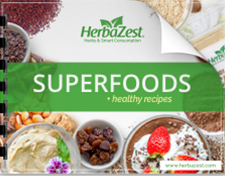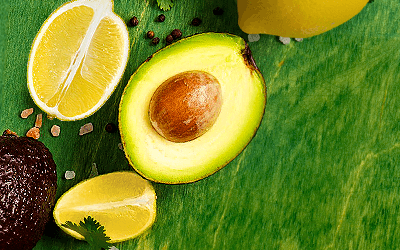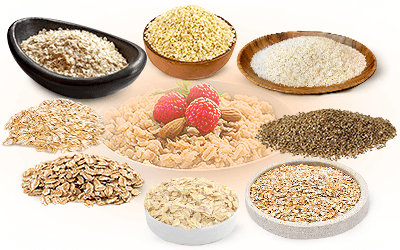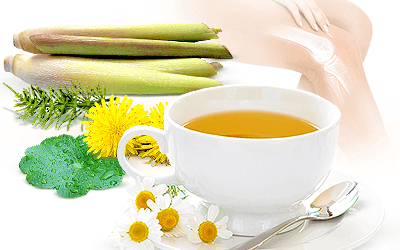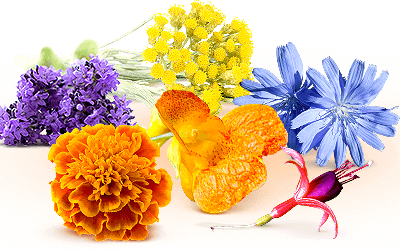Hoodia (Hoodia gordonii), which grows in the Kalahari Desert of southern Africa, has been popular in the media lately. For centuries, San Bushmen in the desert have used this plant for fighting off hunger and thirst during long hunts. Other traditional medicinal uses of hoodia is for cramps, indigestion, hemorrhoids, and improved energy levels.
There are many misunderstandings as to the truth behind hoodia, starting with its appearance. Though it looks like a cactus, it is in fact a leafless succulent with a cactus-like appearance. Learn the myths and facts behind this rare botanical.
Myth: Hoodia Makes You Lose Weight
Hoodia makes a great houseplant. It can survive in high and low light environments, with little watering necessary. The main requirement is that it is not exposed to frost.
Hoodia supplements claim to make you lose weight fast. Many people turn to hoodia because they think it is a miracle pill that will shed the pounds, without their having to put any effort.
Fact: It Is an Appetite Suppressant
The real function of hoodia is its ability to suppress appetite. In fact, the active ingredient, P57, can keep you full for up to 24 hours. If you eat as normal and do not get physical activity, hoodia will likely do nothing for your weight.
Myth: Hoodia Is Suitable for Everyone
Many feel that weight loss supplements are fitting for everyone because they are easily purchasable and widely available. Herbal supplements are thought to be viable for all types of people because they are "natural." However, there are always those who should take precaution.
Fact: Avoid Under Certain Health Conditions
Though hoodia can be useful for many people, those with diabetes should steer clear. This is because hoodia may alert the brain that you have enough blood sugar, and you will not get warning signs that it is dangerously low. This can result in shakiness, irritability, and loss of consciousness.
Also, people with eating disorders should not use hoodia. Some people turn to hoodia to suppress appetite even when their eating patterns are perfectly healthy. Also, people who are anorexic may turn to it to aid their desire to skip meals. It is important that eating disorders be treated under the guidance of a doctor.
Myth: All Supplements Are Safe
Just because the packaging looks pretty and welcoming, it does not mean it is safe. In 2011, for example, the United States Food and Drug Administration (FDA) put out an alert that one hoodia supplement contained sibutramine. This substance was removed from the U.S. market in 2010 due to its possibility for causing heart failure or stroke.
Fact: Find Reliable Retailers
Much of the time, supplement companies have deceiving packaging. Although they claim to be made with natural hoodia extracts, they may contain little to no hoodia. Understand that this plant is rare and protected in its native lands. The best way to be sure you are getting a quality product is to look for the C.I.T.E.S. certificate. This verifies that 100% pure South African hoodia is being used. Even then, however, it may not be clear just how much they are putting in the supplement. If you want to be extra natural, you may also get a hoodia plant: the San Bushman would eat the meat of the plant directly to get the effects.
Understanding the myths and facts behind new weight loss fads is important. In the case of hoodia, this knowledge can help you avoid scams and potential danger.
Bibliography:
Divack, M. & Schlundt, D. Hoodia and Weight Loss. Vanderbilt University.Retrieved February 27, 2014, from http://healthpsych.psy.vanderbilt.edu/HoodiaCaution.htm
National Center for Complementary and Alternative Medicine. (2012). Hoodia. Retrieved February 27, 2014, from http://nccam.nih.gov/health/hoodia
U.S. Food and Drug Administration. (2011). Public Notification: "P57 Hoodia" Contains Undeclared Drug Ingredient. Retrieved February 27, 2014, from http://www.fda.gov/Drugs/ResourcesForYou/Consumers/BuyingUsingMedicineSafely/MedicationHealthFraud/ucm276074.htm
